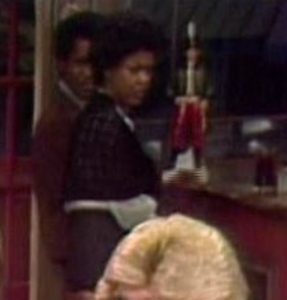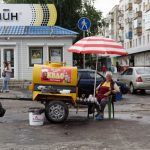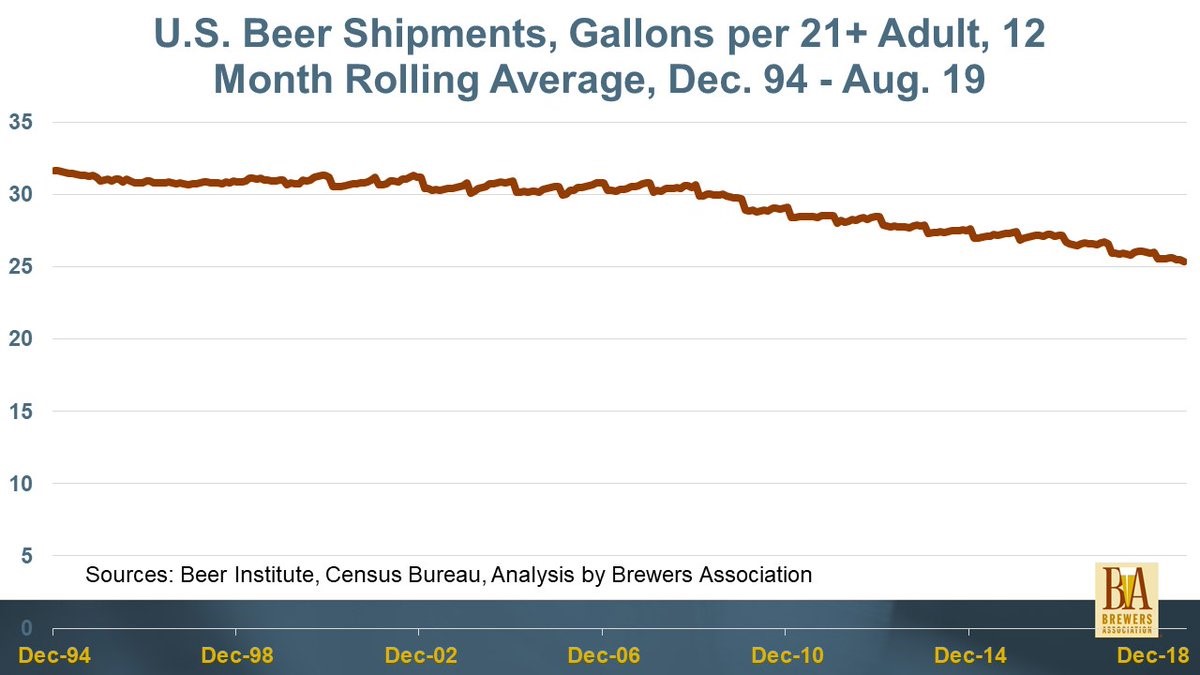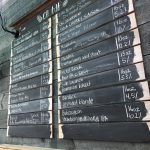 And I suppose the lead up to US Thanksgiving. I am not in the US and, honestly, does it feel a bit late for a harvest fest. The parsley is under snow now around these parts. But the Grey Cup is on this Sunday so that’s good. Hamilton versus Winnipeg. Oskeeweewee Oskkeewahwah! Say that out loud a lot this weekend – wherever you are. And whether it’s Canada’s autumnal glory* or turkeytime down south, do take care. I didn’t… by which I mean I forgot to note whose tweet I grabbed this lovely common sense public health poster from last Friday. D’uh. [I lie. It was Martyn.]
And I suppose the lead up to US Thanksgiving. I am not in the US and, honestly, does it feel a bit late for a harvest fest. The parsley is under snow now around these parts. But the Grey Cup is on this Sunday so that’s good. Hamilton versus Winnipeg. Oskeeweewee Oskkeewahwah! Say that out loud a lot this weekend – wherever you are. And whether it’s Canada’s autumnal glory* or turkeytime down south, do take care. I didn’t… by which I mean I forgot to note whose tweet I grabbed this lovely common sense public health poster from last Friday. D’uh. [I lie. It was Martyn.]
I was complaining (again)** about the lack of interesting beer writing last week and immediately I was hammered by some fine examples. Consider this realistic vision of Brussels from Eoghan Walsh at Brussels Beer City:
Brussels stinks. It really stinks. Some days it smells glorious, of skewered rotisserie chickens dripping their paprika-stained grease onto the footpath or of the sweet scent of mashed-in grain that marks a new lambic season. On other days it is repellent – the amoniac fug of warming piss rising from pavements heralding summer’s arrival, or the damp choking fumes of the city’s unending winter congestion.
Lovely stuff. In another hemisphere, Jordan St. John painted another sort of truthful picture of the start of affairs off the Mimico station platform a few stops to the west of downtown Toronto:
…I get the sense that 18 beers would be a lot to maintain. Some of these beers are re-using constituent elements and are not unlike each other. Take the Steampunk Saison, my notes verbatim: “Quite Sweet, Graham Cracker malt character, a little golden raisin or apricot jam character here. Low carbonation for a Saison. Mild notes of spicy orange peel amidst that.” It struck me as closer to Fuller’s ESB with the yeast switched out than a classic Saison. The Belgian style Tripel struck me as a larger version of the same beer. Still stone fruit and graham cracker, but with the intensity dialled up, reaching towards peach nectar. Checking in with the brewmaster, Adam Cherry, he confirmed that the ingredient builds were similar.
It’s a lovely portrait of the sort of locally successful, regionally recognized but also somewhat ordinary brewery that unfortunately rarely gets noted in the rush for the next amaze-balls moment. My immediate response was that Jordan had deftly displayed how to be both fairly critical and warmly encouraged – and encouraging – simultaneously. Exactly the best sort of analysis that, like Eoghan’s olfactory piece, places you by the writer’s side senses engaged.
An excellent and not unrelated discussion took place this week between Beth D and Crystal L as well as others on the role of judging and judges. I took my usual coward’s stance but went back to consider both the challenges of seeking and independent voice while wanting to be recognized as a peer. I’m grateful that they shared their thoughts.
Elsewhere, humility not being their strong suit, I am not surprised by the puffery. But would you really pay for the ever-loving cattle branded “two sides to every story” approach? Real money? Me neither. No doubt in response to the other subscriber offering mentioned a few weeks ago. God love ’em.
2020 is coming. Are your ready? I’m not. But I might feel better if I was heading to the Alcohol and Drugs History Society’s meeting on Friday, January 3rd and 4th, 2020 at the New York Hilton, Concourse Level. I’d want to be there if only for the presentation by Stephen N. Sanfilippo, of the Maine Maritime Academy, of his paper “It’s My Own Damn Fault; or Is It?” Alcohol and the Assignment of Blame in Mid-19th-Century Maritime Songs and Poems. Being a lad raised by the sea in Nova Scotia, the only place cooler than Maine, I eat this stuff up:
Many nineteenth century seamen’s songs praise consumption of alcohol. Naval victory ballads often end with a toast by the victors, and sometimes include the sharing of liquor with the vanquished. Jack-Back-in-Port ditties also sing the praise of alcohol. This paper will give only passing attention to such songs. Instead, attention will be given to those seamen’s songs, and temperance reformers’ poems, in which alcohol consumption leads to disaster. Such songs and poems always involve the placing of blame. This placement is often not what might be expected, and is frequently complex and illusive.
In their monthly newsletter, Boak and Bailey sought to calm the waters of beer’s social media effect on those caught in its grasp:
Twitter in general can be frustrating, of course, but the conversation around beer is so much better now for us than it was a few years ago when the volume of trolls and bullies felt overwhelming at times. But this is a genuine request: if you think Beer Twitter is particularly terrible, if it really gets you down, can you drop us a line to explain why? Maybe there’s something we’re missing, and maybe there’s something we could do to help.
I think I agree. My behaviour has particularly improved. Far less bastardliness going around these days. At least amongst the scribblers as not all sorts of bad behaviour in beer is gone as Matt let me know of the crime and punishment of a figure in the UK’s craft beer scene.
The founder of a Norwich brewery who duped a businessman into paying £30,000 for equipment he never owned showed a “cavalier” approach to business, a court has heard. Patrick Fisher, 39, has been jailed after he pleaded guilty to two fraud charges, including one which saw him submit false invoices. Fisher, of School Avenue, Thorpe St Andrew, who was previously a director of Norwich’s Redwell Brewery, admitted one count of fraud by making a false representation to Russell Evans between January 1, 2015, and January 31, 2017, when he claimed to own brewing equipment, when he did not.
That seems to be a bit unfair to Cavaliers, doesn’t it. No, he showed a criminal approach to business. Nice sort of old school larcenous heart to the court case, however. Very Greene v. Cole, circa 1680-ish.
You might think the same thing is going on with the news about New Belgium being sold into the Kirin universe. Yawn, I thought. So four years ago. And the workers got a big payout, right? But then I read this one Facebook from a (former?) employee:
…please don’t lose your “dangerously unbridled in my passion for craft beer” I still have mine. That is the saddest part of this, I feel like everything I was taught, believed and shared at NBB was a fucking lie. I still love this industry and am proud to be working with new, small independent and innovative breweries everyday! It’s not OK to tap out! We need to remain CRAFT to the core. Watch your growth, listen to your employees and don’t chase trends continue to be a trendsetter. The industry needs you stay strong!!
Hmm… has that ship sailed? Maybe. Anyway, that is the week that was. For further beery links, your weekend starts with the Boak and Bailey news update on Saturday and then turn the dial on the wireless to the OCBG Podcast on Tuesdays. And look to see if there was a mid-week post of notes from The Fizz as well. And sign up for Katie’s weekly newsletter. It’s usually got even more linky goodness.
*Not unrelated to my own glory days… because they pass you by… glory days…
**Even Jeff noticed with concern.

 The last of birthdays, anniversaries and public holidays over the last four weeks has finally passed. And it has snowed. Wednesday was as sharp as deepest January at -16C even if it was +8C last Saturday. Five weeks before the solstice. So, I am buried in wool blankets at home this week, covered as soon as I get through the door, hugging the wood burning internet server looking for answers. Which is where I found the image above, from 1979 when
The last of birthdays, anniversaries and public holidays over the last four weeks has finally passed. And it has snowed. Wednesday was as sharp as deepest January at -16C even if it was +8C last Saturday. Five weeks before the solstice. So, I am buried in wool blankets at home this week, covered as soon as I get through the door, hugging the wood burning internet server looking for answers. Which is where I found the image above, from 1979 when  Perhaps somewhere in the middle, Boris Johnson has apparently failed to keep his word, this time related to staying out of the pub until Brexit is
Perhaps somewhere in the middle, Boris Johnson has apparently failed to keep his word, this time related to staying out of the pub until Brexit is 





 So, if I was going to write about all the interesting things I read this week, I need to first acknowledge all the uninteresting things I read this week but then not write about those things so that I can focus on writing about all the interesting things. [Thanks, folk who are keeping good beer stuff so dull!] Now, one of the most interesting things I read this week were the labels by the apples in this
So, if I was going to write about all the interesting things I read this week, I need to first acknowledge all the uninteresting things I read this week but then not write about those things so that I can focus on writing about all the interesting things. [Thanks, folk who are keeping good beer stuff so dull!] Now, one of the most interesting things I read this week were the labels by the apples in this 



 I resemble that remark myself. And I even went to yet another bar this week. I never go to bars but last Friday for one at the
I resemble that remark myself. And I even went to yet another bar this week. I never go to bars but last Friday for one at the